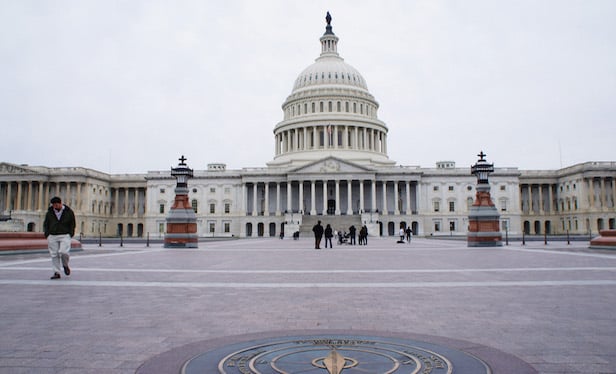WASHINGTON, DC—Last week Congress passed and President Trump signed the Coronavirus Aid, Relief, and Economic Security, or Cares, Act, releasing a $2 trillion stimulus on the US economy that is currently under siege from the coronavirus.
The main provisions of the Cares Act included $454 billion for TALF and other Federal Reserve lending facilities, 90 days of forbearance for multifamily owners with a federally-backed mortgage, temporary relief for banks from the CECL implementation and Troubled Debt Restructuring rules and $350 billion to small businesses.
But those measures are only the headlines. There are numerous other clauses in the bill designed to help businesses and Kenneth Weissenberg, corporate tax partner with EisnerAmper, has identified several that could benefit the real estate industry. Namely, "the Cares Act can reduce current tax liabilities and provide cash to taxpayers with net operating loss carrybacks," he tells GlobeSt.com.
These include, according to Weissenberg:
- The tax treatment of Qualified Improvement Property which includes Qualified Leasehold, restaurant and leasehold Improvement property was changed to qualify as 15-year property as a technical correction to the Tax Cut and Jobs Act of 2017(TCJA).
- The classification as 15-year property (as opposed to 39-year property) makes these asset subject to 100% Bonus Depreciation deductions for many taxpayers.
- Interest expense limitations for business interest have been modified for 2018 , 2019 and 2020 as well as increasing the amount allowed as an expense from 30% to 50% of adjusted taxable income. In addition, for non-corporate taxpayers, the $500,000 limit on business losses against other income has been waived.
- As a result of these changes, many taxpayers will have net operating losses in 2018, 2019 and 2020. The TCJA eliminated the carryback period for net operating losses and limited the amount of income NOL's created in 2018 and thereafter could offset to 80% of adjusted gross income.
- The Cares Act eliminated the 80% limitation for tax year 2018, 2019 and 2020 and created a 5 year carryback for these NOL. "So not only did the Act increase the amount of losses a taxpayer could generate, it greatly enhanced the ability to use those losses immediately to offset other taxable income in both the current year and in the past," Weissenberg says. "This frees up money for payroll and rent and other expenses. For my clients it represents significant relief from a crushing blow of the pandemic and not having customers for goods and services."
© 2025 ALM Global, LLC, All Rights Reserved. Request academic re-use from www.copyright.com. All other uses, submit a request to [email protected]. For more information visit Asset & Logo Licensing.









